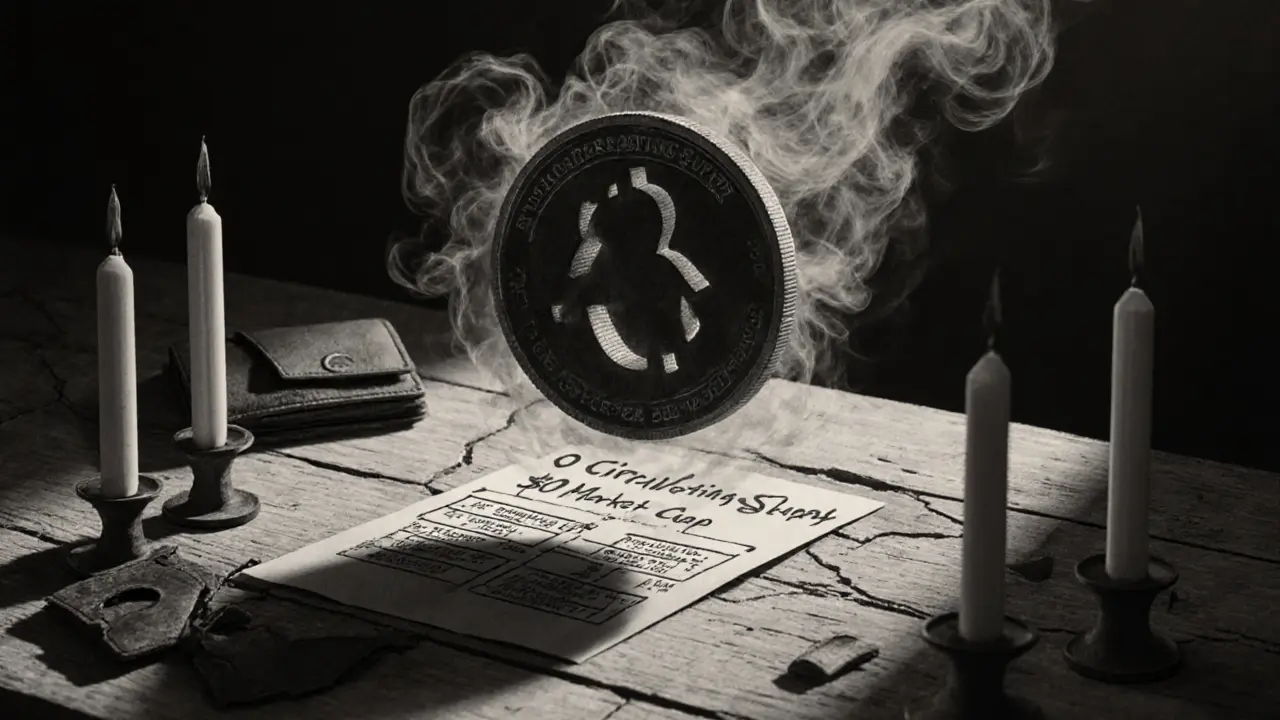Dynamic Trust Network (DTN) is a fraudulent crypto token with zero circulating supply but a fake price. It's a scam with no team, no audits, and no real users. Avoid it at all costs.
DTN Crypto: What It Is, Why It Matters, and What You Need to Know
When you hear DTN crypto, a term often used in misleading crypto promotions and fake airdrop campaigns. Also known as DTN token, it doesn’t exist as a legitimate blockchain project. Most searches for DTN crypto lead to scams—fake websites, Telegram groups, and YouTube videos promising free tokens that disappear as soon as you connect your wallet. This isn’t a coin you can buy or trade. It’s a label used by fraudsters to trick people into handing over private keys or paying gas fees for non-existent rewards.
DTN crypto is part of a larger pattern: crypto scams, fraudulent schemes that exploit hype around new tokens and airdrops. These scams thrive when people don’t check if a token is listed on CoinMarketCap or CoinGecko, or if the team behind it has a verifiable history. The same tactics are used for Zenith Coin, Moonpot POTS, and Hacken HAI—fake airdrops with real consequences. Tokenomics, the economic design behind a cryptocurrency matters. Legit projects publish clear whitepapers, token supply details, and roadmap goals. DTN crypto has none of that. No team, no blockchain, no utility—just a name slapped on a phishing page.
Why does this keep happening? Because scammers count on excitement. They know you’ve seen airdrops for Cheelee, WMX, or SafeLaunch and assume DTN is just another one. But real airdrops don’t ask for your seed phrase. They don’t pressure you to act fast. They don’t come from unverified Telegram admins. If you’re seeing DTN crypto pop up in your feed, it’s a red flag—not a reward.
Below, you’ll find real reviews and scam warnings about crypto projects that look like DTN crypto—fake airdrops, sketchy exchanges, and tokens with no value. Each post cuts through the noise with facts, not hype. You won’t find fluff here. Just clear breakdowns of what’s real, what’s fake, and how to stay safe.

